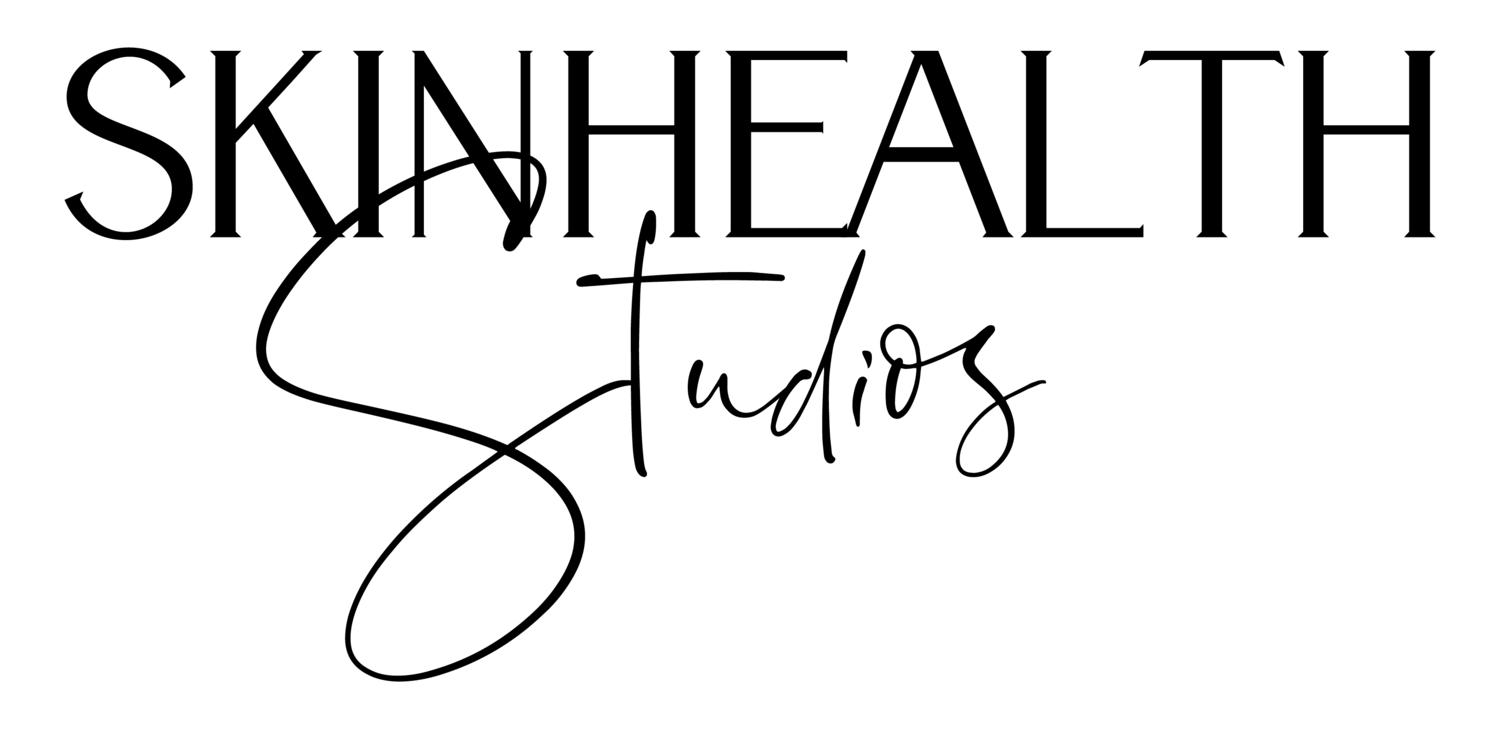DNA Skin Boosters Demystified: How to select the right one for your glow goals.
Rejuran PN vs Toskani Lumicen vs Promoitalia Nucleoskin: which DNA skin booster fits your goals?
If you’ve heard about “PN” or “PDRN” skin boosters and wondered which one is right for you, this guide breaks down how they differ, what the reported concentrations mean, and how we match each option to your skin goals here in Palm Beach Gardens.
• Rejuran (PN) is our go-to for overall skin quality: texture, fine lines, and barrier support.
• Toskani Lumicen (sodium DNA, PDRN family) leans hydrating with an antioxidant angle; some marketing cites a higher DNA percentage.
• Promoitalia Nucleoskin combines PDRN with hyaluronic acid for plump hydration and glutathione for antioxidant/brightening support.
Concentration numbers are often “reported” by distributors; we verify specs directly before treatment.
PN vs PDRN in simple terms
Both PN (polynucleotides) and PDRN (polydeoxyribonucleotides) are DNA-derived biostimulants. PN generally refers to longer DNA chains; PDRN to shorter fragments. Both signal the skin to repair and remodel; brands choose terminology and chain length to tune viscosity and positioning.
Concentrations and formulations (what’s actually in the box)
Because manufacturer pages often highlight benefits but not percentages, you’ll see distributors, clinics, or media list concentrations. Treat these as “reported” unless you have a current spec sheet.
Rejuran family
• Rejuran Healer is widely described as PN around 2% in distributor and clinic materials.
• Rejuran S is positioned as more viscous for scars; third-party sources list either 2% or 1% PN depending on region and SKU.
• Rejuran i (eye) is formulated thinner for delicate skin; some distributors list 1 mg/mL (≈0.1%) or around 1% PN for the peri-orbital area.
These values vary by source; we confirm the lot’s spec before use.
Toskani Lumicen
• Official page emphasizes sodium DNA for moisturizing/antioxidant action but does not publish a percentage.
• Various marketing/editorial posts call out “3% PDRN/sodium DNA.” We treat 3% as a claim to verify directly with Toskani or a technical sheet.
Promoitalia Nucleoskin
• Brand page lists polynucleotides plus hyaluronic acid and glutathione without exact %; distributor materials commonly list PDRN 2% + hyaluronic acid 10 mg/mL + glutathione 2 mg/mL. As always, we confirm specs prior to treatment.
Benefits and best uses we see in clinic
Rejuran (PN)
• Global skin quality: texture, fine lines, barrier support, and an overall “healthier skin” look over a series.
• Variants allow us to tailor viscosity to the area (for example, S for focal scars; i for the eye area).
Toskani Lumicen (sodium DNA)
• Hydration-forward with an antioxidant narrative; useful for dullness, early fine lines, and a dewier look.
Promoitalia Nucleoskin (PDRN + HA + glutathione)
• Plump hydration from hyaluronic acid, biostimulation from PDRN, and antioxidant/brightening support from glutathione in one protocol.
How we help you choose
• Goal first: texture and fine lines vs dewy hydration vs brightening support.
• Area and skin thickness: eye vs cheeks vs focal scars.
• Session plan and tolerance: series cadence, downtime comfort, and budget.
• Pairings: we may combine with microneedling, light energy, or supportive topicals when appropriate.
What to expect and cadence
We typically plan a series of 3–4 sessions spaced 4–6 weeks apart, then maintenance. Most people notice subtle changes in skin quality over the series rather than overnight. Your plan is personalized after a full consult.
Safety and responsible language
These are clinician-administered treatments. We avoid cure/treat claims and tailor care to your skin, medical history, and goals. If you have a history of keloids, active lesions, or specific medical conditions, we may recommend alternatives.
FAQs
Are concentration numbers real or just marketing?
It depends. Manufacturer pages often omit exact percentages; distributors and media sometimes share them. We request and verify product specifications and certificates for the lot we use.
Is PN “better” than PDRN?
They’re related. PN refers to longer DNA chains; PDRN to shorter fragments. Choice depends on goals, area, and formulation—not just a percentage on the label.
How many sessions do I need?
Most plans start with 3–4 sessions, 4–6 weeks apart, followed by maintenance. We’ll map your plan at consult based on goals and response.
Can this be combined with microneedling?
Often, yes, when clinically appropriate. Combination timing and protocols depend on your skin and the specific product.
When will I see changes?
Expect gradual improvement over a series. We’ll set realistic timelines at your visit.
Ready for a personalized plan?
Book a consult at Skin Health Studios in Palm Beach Gardens to match the right formula to your skin goals and create a safe, step-by-step plan.
this is not medical advice
